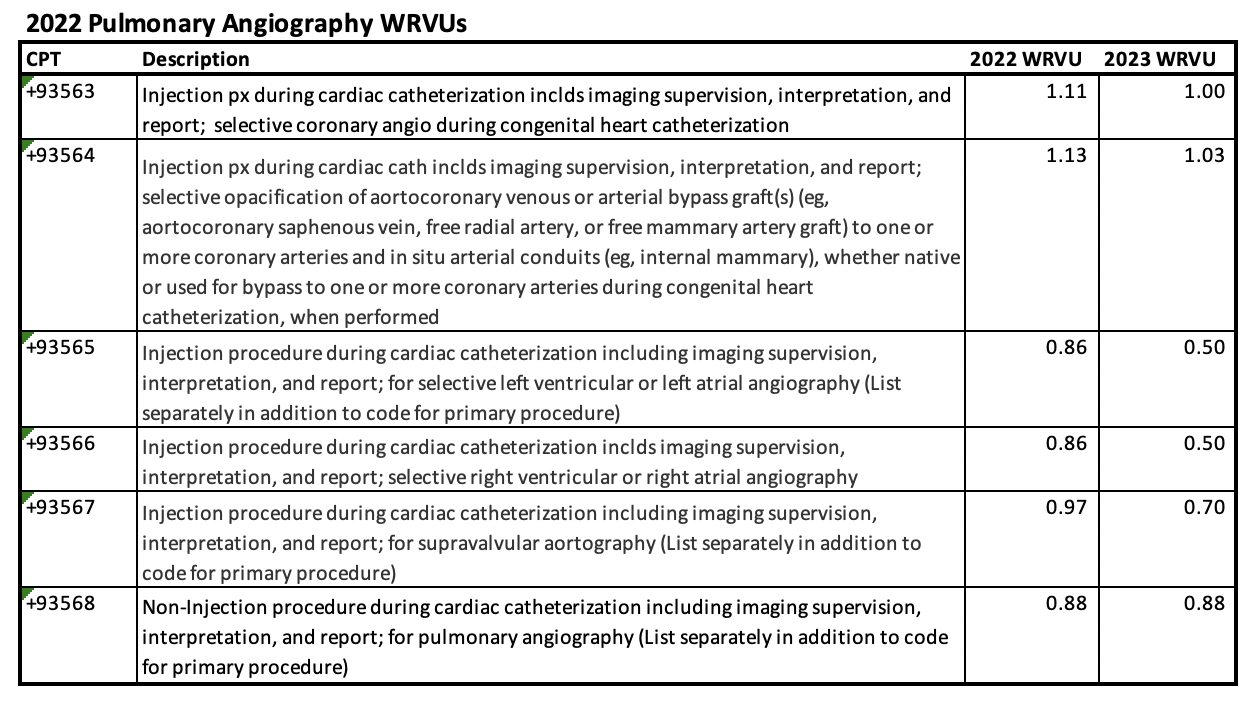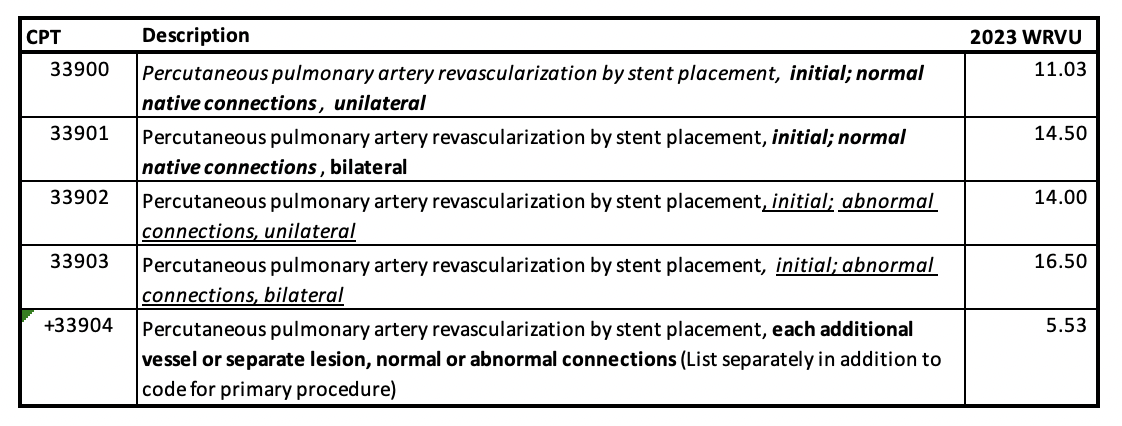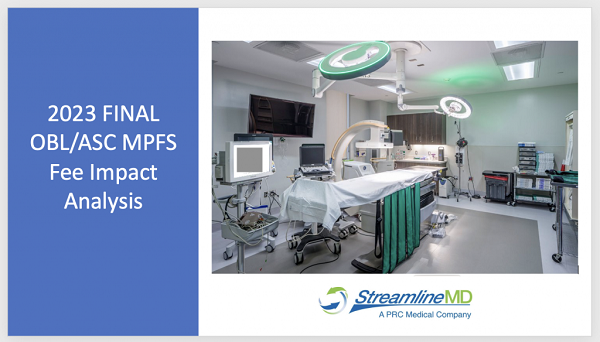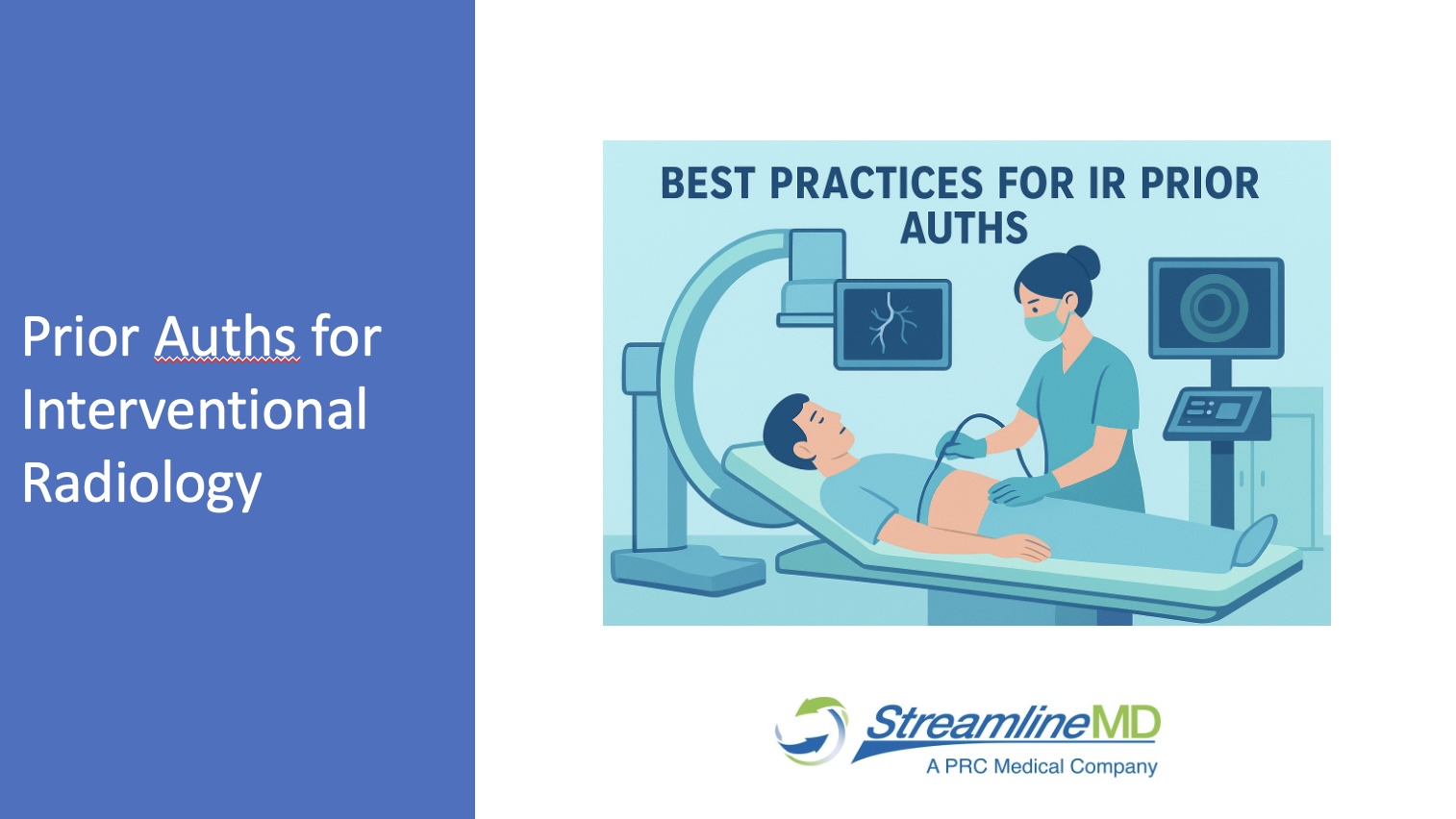The following information details the Interventional Cardiology CPT changes for 2023 which may impact your practice.
There are nine new Category I codes and three new Category III codes, two of which are add-on codes to the main procedure.
Be sure to review below, update, or create new report templates and share with your practice management team(s) in preparation for January 1st to avoid billing and reimbursement delays.
- Endovascular pulmonary arterial revascularization, CPTs 33900-33904
- Pulmonary Angiography, CPTS 93563 – 93569 & +93573 – +93575
- Category III — Coronary therapeutic services and procedures CPT, Category III, +0715T
- Category III — Audio-detected coronary artery disease risk score CPT, Category III, 0716T
- Category III — Absolute quantification myocardial blood flow (AQMBF) CPT, Category III, +0742T
Pulmonary Artery Revascularization
 What you need to know:
What you need to know:
- Two different code sets:
- Normal Native Connections Unilateral & Bilateral
- Abnormal Connections Unilateral & Bilateral
- Add-on code for each additional vessel or separate lesion(s), normal or abnormal connections
- These codes include vascular access, all catheter and guidewire manipulation, fluoro guidance, any post-diagnostic angios for roadmapping & post-implant evaluation, stent positioning & balloon inflation for stent delivery & Radiologic Supervision & Interpretation (RSI)
- Diagnostic cardiac catheterization and diagnostic angiography codes should not be used with 33900, 33901, 33902, 33903, 33904, to report:
- Contrast injections, angiography, roadmapping, and/or fluoroscopic guidance for the TPVI
- Pulmonary conduit angiography for guidance of TPVI
- Right heart catheterization for hemodynamic measurements before, during, and after TPVI for guidance of TPVI.
- Diagnostic right and left heart catheterization codes diagnostic coronary angiography codes and diagnostic angiography codes may be separately reported in conjunction with 33900, 33901, 33902, 33903, 33904, representing separate and distinct services from pulmonary artery revascularization, if:
- No prior study is available, and a full diagnostic study is performed
- A prior study is available, but as documented in the medical record:
- There is inadequate visualization of the anatomy and/or pathology
- The patient’s condition with respect to the clinical indication has changed since the prior study
- There is a clinical change during the procedure that requires new evaluation.
- Do not report 33900, 33901, 33902, 33903, 33904 in conjunction with 76000, 93451, 93452, 93453, 93454, 93455, 93456, 93457, 93458, 93459, 93460, 93461, 93563, 93564, 93565, 93566, 93567, 93568, 93593, 93594, 93596, 93597, 93598 for catheterization and angiography services intrinsic to the procedure.
- Balloon angioplasty (92997, 92998) within the same target lesion as stent implant, either before or after stent deployment, is not separately reported.
- For balloon angioplasty at the same session as 33900, 33901, 33902, 33903, 33904, but for a distinct lesion or in a different artery, see 92997, 92998.
- To report percutaneous pulmonary artery revascularization by stent placement in conjunction with diagnostic congenital cardiac catheterization, see 33900, 33901, 33902, 33903, 33904.
- For transcatheter intracardiac shunt (TIS) creation by stent placement for congenital cardiac anomalies to establish effective intracardiac flow, see 33745, 33746.
Documentation, Coding & Billing tips:
- If normal Native or Abnormal connections
- If Unilateral or Bilateral
- Each additional vessel or separate lesion accessed and treated
- Add documentation to report template to avoid missed billing and reimbursement
- Add codes to pre-auth process
Pulmonary Angiography
 What you need to know:
What you need to know:
Rationale for New “add-on” Codes +93569, +93573-+93575
- Prior to 2023, a code set did not exist to provide a reporting mechanism to differentiate between angiography of the pulmonary arteries and pulmonary veins when performed during cardiac catheterization procedures.
- Prior to 2023, the CPT code set did not include a specific CPT code to report angiography of major aortopulmonary collateral arteries (MAPCAs) when performed during cardiac catheterization procedures.
- Add-on codes 93569 and 93573-93575 were established to allow proper reporting of angiography of the pulmonary arteries, the pulmonary veins, and MAPCAs when performed during cardiac catheterization procedures
- Add-on codes 93569 and 93573-93575 include:
- Selective introduction and positioning of the angiographic catheter
- Injection, and radiologic supervision and interpretation
- Introductory language for code 93574 clarifies that a distinct named pulmonary vein must be selectively cannulated and selective venous angiography of that vein performed for each instance that 93574 is reported.
- Introductory language for code 93575 clarifies that a distinct MAPCA must be selectively cannulated and selective venous angiography of that MAPCA performed for each instance code 93575 is reported.
Documentation, Coding & Billing tips:
- Add documentation to report to accurately describe new procedures
- Add new verbiage to template(s) to avoid missed billing and reimbursement
- Add code to pre-auth process
RVU review and changes to current codes for 2023

Cardiology Category III Codes
Percutaneous Transluminal Coronary Lithotripsy
 What you need to know:
What you need to know:
- +0715T – Prior to 2023 a CPT code describing transluminal coronary lithotripsy procedure did not exist. Category III code +0715T has been created to bill for this service.
- This code was created for reporting procedures performed in addition to coronary and bypass graft diagnostic and interventional services.
- This code may be billed with CPTs 92920, 92924, 92928, 92933, 92937, 92941, 92943 & 92975
- CPT request for Category I add-on code Intracoronary Lithotripsy code was submitted September 2022
Documentation, Coding & Billing tips:
- Clearly document the use of this technology in the report
- Describe findings derived from use of technology
- Add documentation to report template to avoid missed billing and reimbursement
- Add code to pre-auth process
Audio-Detected Coronary Artery Disease Risk Score: Rationale for New Code 0716T
 What you need to know:
What you need to know:
- 0716T – was added to report cardiac acoustic waveform recording with automated analysis and generation of coronary artery disease risk score
- Noninvasive sensor placed on the patient’s chest to assess for coronary artery disease risk
- May be used to report patients experiencing shortness of breath, fatigue and/or atypical chest discomfort
Documentation, Coding & Billing tips:
- Clearly document the use of this technology in the report
- Describe findings derived from use of technology
- Add documentation to report template to avoid missed billing and reimbursement
- Add code to pre-auth process
Absolute Quantification Myocardial Blood Flow (AQMBF), single-photon emission computed tomography (SPECT)
 What you need to know:
What you need to know:
- +0742T – Cardiac Nuclear Medicine – AQMBF is a new procedure add-on code to detect reduced coronary flow reserve and help identify patients with high-risk coronary artery disease
- AQMBF is an emerging technology that uses different processes, software, imaging cameras and workflow
- This code may be billed with CPTs 78451 & 78452
Documentation, Coding & Billing tips:
- Clearly document the use of this technology in the report
- Describe findings derived from use of technology
- Add documentation to report template to avoid missed billing and reimbursement
- Add code to pre-auth process
Bioprosthetic Venous Valve Femoral Vein
 What you need to know:
What you need to know:
- 0744T –. This Category III code was added to report insertion of a bioprosthetic valve in the femoral vein via an open approach
- It includes imaging guidance using duplex ultrasound
- The valve is single-use and meant to be permanently implanted to support blood flow from the lower extremities despite the absence of native deep venous valvular function
- May be used to treat conditions such as chronic deep vein insufficiency and reflux in the deep venous system, or leg ulcers
- Do not report 0744T in conjunction with 34501, 34510, 76998, 93971
Documentation, Coding & Billing tips:
- Clearly document this technique in the report
- Describe findings derived from delivering this treatment
- Add documentation to report template to avoid missed billing and reimbursement
- Add code to pre-auth process
Cardiac Functional Ablation – Rationale for New Codes 0745T, 0746T, 0747T
 What you need to know:
What you need to know:
- These codes were added to report cardiac focal ablation utilizing radiation therapy for arrhythmia
- Cardiac radioablation is a new noninvasive treatment that uses functional radioablation in combination with mapping and targeting of the abnormal myocardium
- It is used to treat arrhythmias, such as ventricular tachycardia.
Documentation, Coding & Billing tips:
- Clearly document this technique in the report
- Describe findings derived from delivering this treatment
- Add documentation to report template to avoid missed billing and reimbursement
- Add code to pre-auth process
Conclusion
- Annual updates of CPT Category I & III codes are implemented on January 1st of each year.
- Best practice is to be aware of these changes, update RIS, update or create new report templates to support billing for medical necessity as appropriate and add to the pre-auth process.
- By making these changes a priority in December, you can avoid missed billing opportunities, especially for Category III codes, new/emerging technology. It is important to report these services which lend support for tracking, evaluating for potential future Category I codes with proper RVU assignment and reimbursement.
References:
- AMA CPT Symposium 2023, CPT 2023 Professional Edition
StreamlineMD provides EHR & RCM Software & Service to Imaging & Image-Guided Procedure Specialists. Our Mission is to Improve Healthcare for All Americans. Our Core Values that guide us on our mission are Service Quality, Teamwork, Accountability, Efficiency, Adaptability, Communication, and Integrity. Learn more about us at streamlineMD.com.




